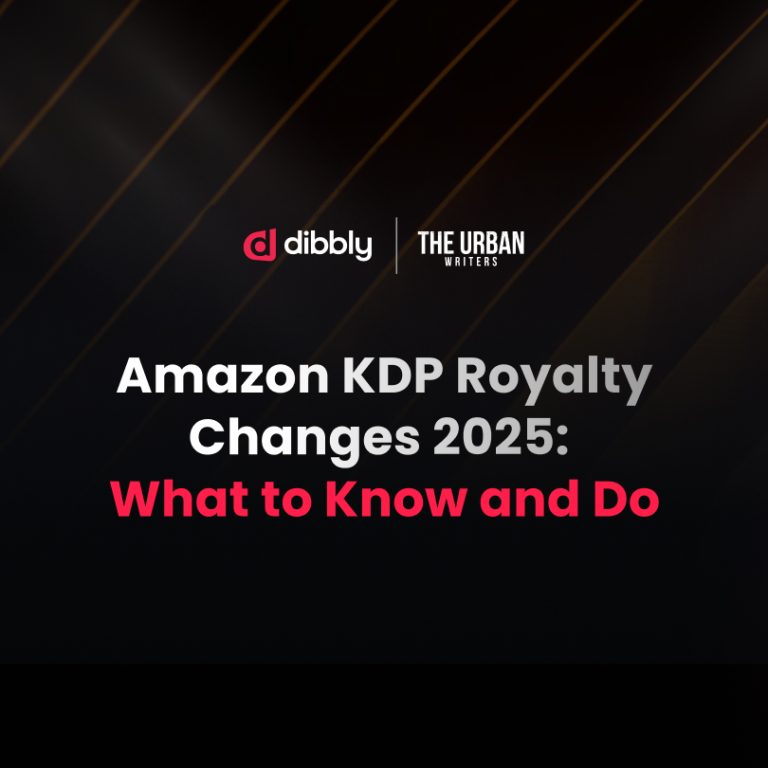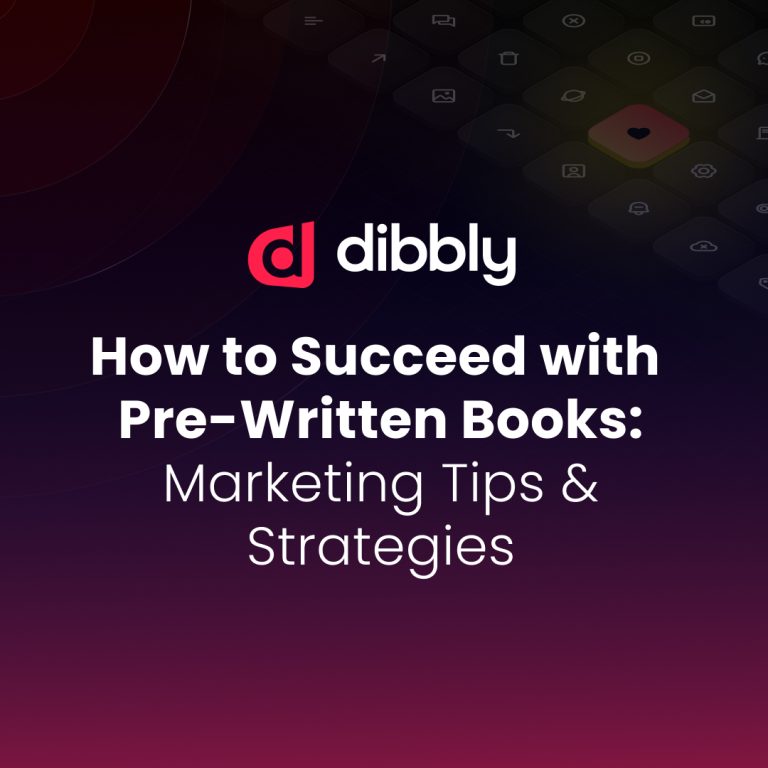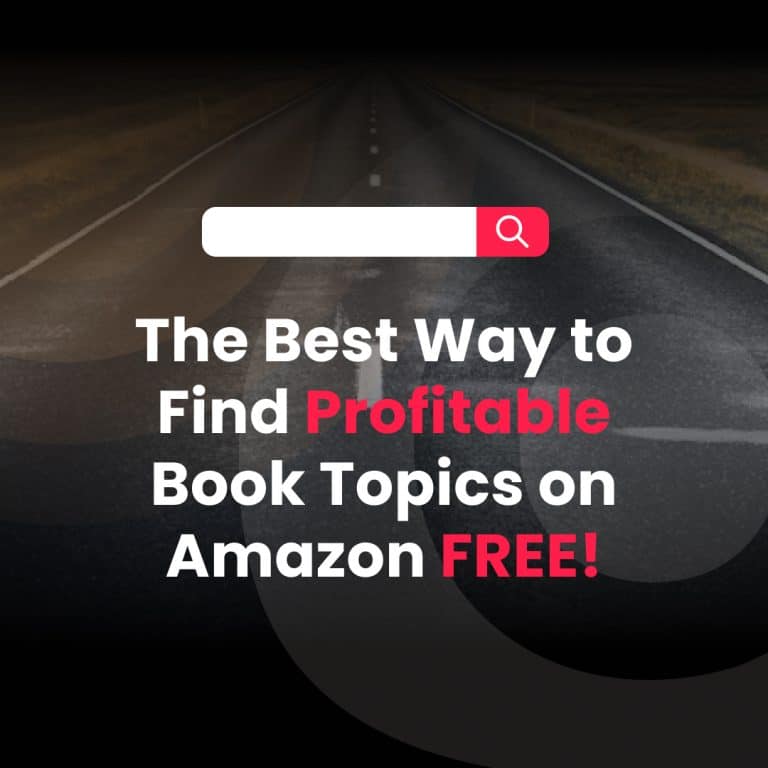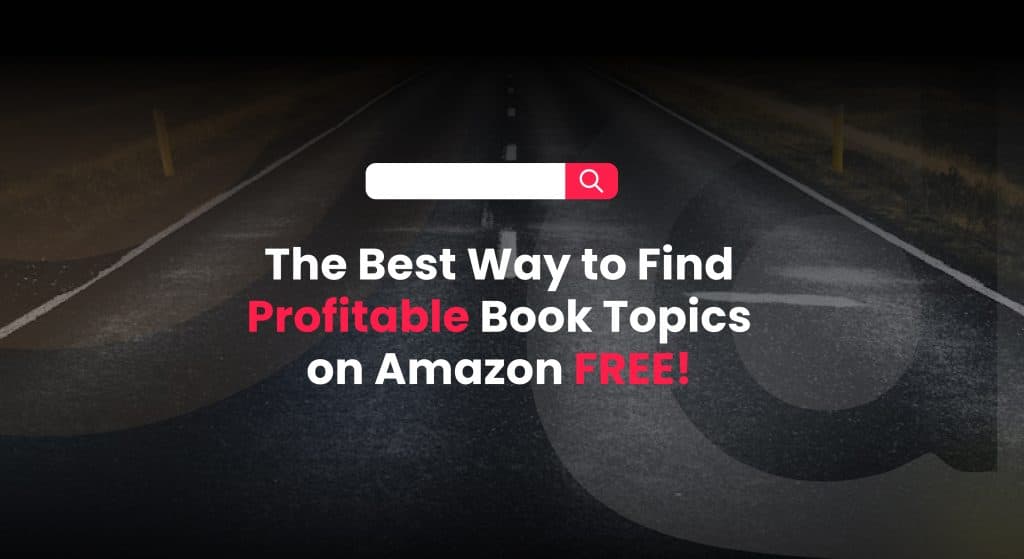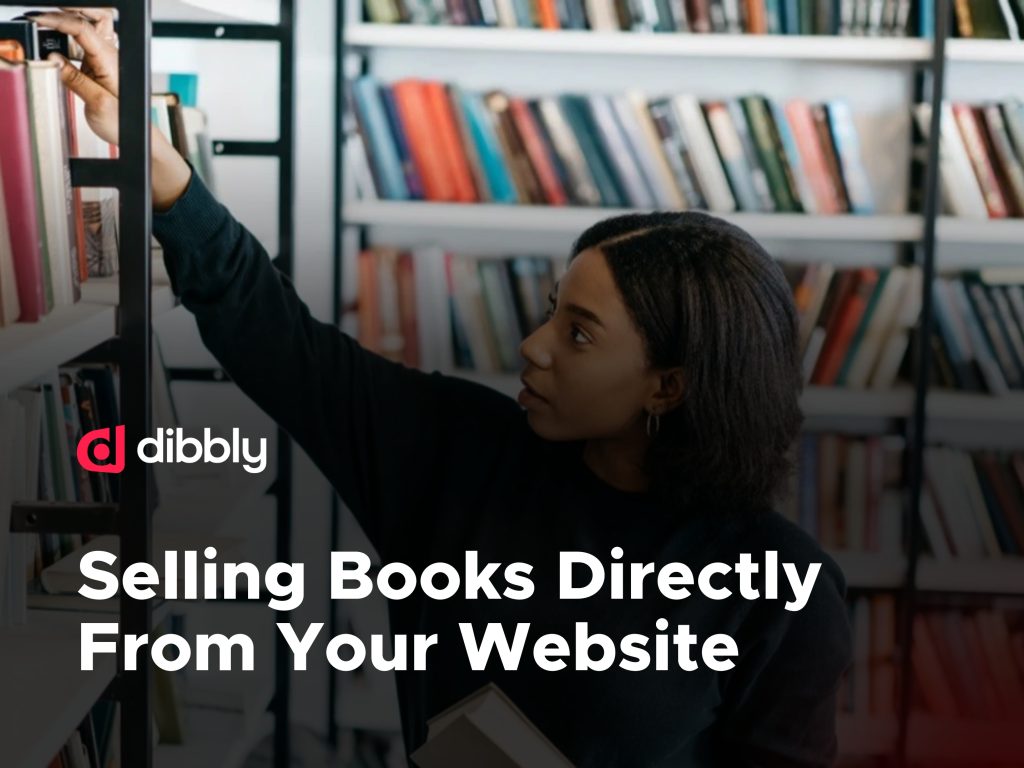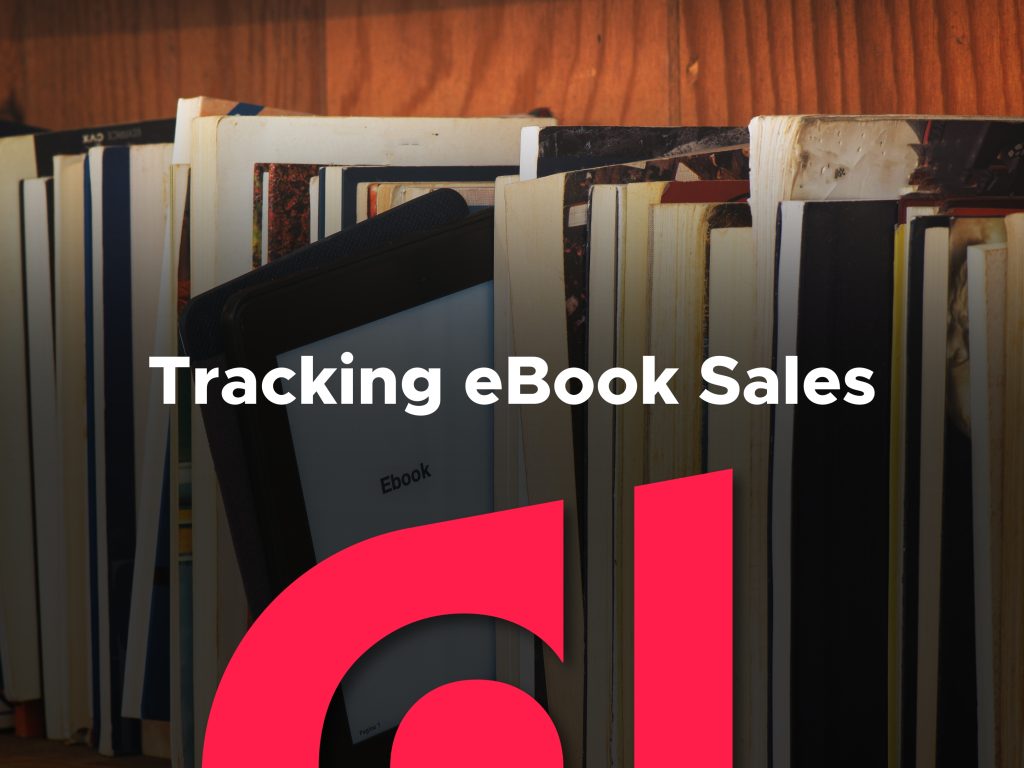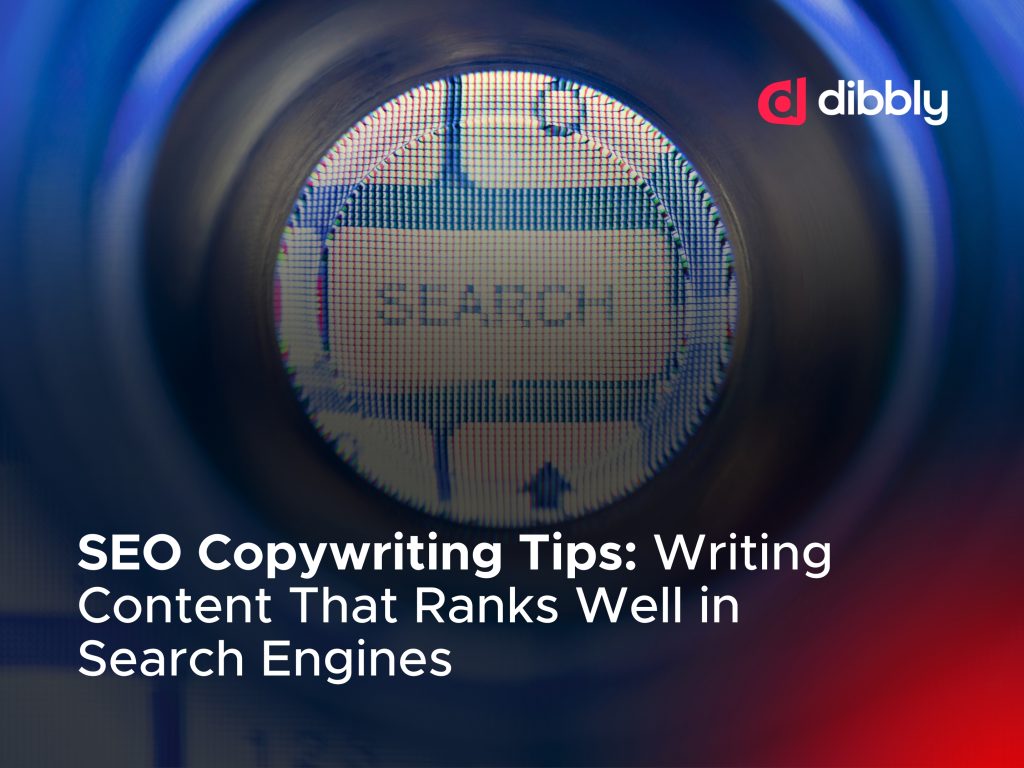Market Saturation, Ebook Publishing and Technological Advancements
Utilizing competitive ebook advertising strategies, such as following an Amazon ads guide, will provide the needed edge to get your book trending in sales and placed on the bestsellers list.
If we were to personify the recent technological advances and attribute likely characteristics based on the factors causing certain traits to develop, it wouldn’t be far-fetched to assume that the characteristics likely to be adapted might include a sense of superiority and narcissism.
This is a justifiable assessment, considering the propensity for individuals who are placed on a pedestal, coddled, and have never had their faults pointed out to develop unsavory personality traits.
In the case of digital media, the primary contributor to such a flaw would be the constant refusal to state the downsides of technological advances. We often declare the good loudly and whisper the bad, always marveling at how accessible digital media has made it for the average Joe to publish a book, but fail to mention that it has caused saturation that makes it difficult for self-publishers who are yet to establish a name or a loyal following.
Breaking into the Amazon KDP market can seem overwhelming considering the volume of books that saturate every niche within the marketplace. The task of setting yourself apart may seem mountainous; however, it is attainable.

Amazon KDP Ads Guide
The most impactful aspect of marketing via Amazon ads, an integral part of the ebook visibility strategies that are likely to propel your book to its desired buyer, is to first identify the target audience based on the contents of the book and attach the necessary tags. Buyers are likely to use these tags when searching for the topic and niche they are interested in. This is accomplished by attaching keywords that reflect the topic and niche of the book.
We will be delving deeper into keywords, which are an integral aspect of online advertising for books that have proven beneficial for all levels of publishers, from the larger established publishing houses to independent self-publishers. To adequately cover not only the value that keywords add to digital book promotion but also the process of sourcing and applying the most suitable keywords, we must first expound on the details of the area under which it is a subdivision—namely, an ad campaign.
Amazon KDP Ad Campaigns
Ad campaigns through the Amazon KDP marketplace come in various forms, and the choice of the ideal campaign depends on the objectives for your online book promotion, and what is allowed based on the specifics, such as the type of product being promoted and the budget reserved for marketing.
Needless to say, increasing existing book sales and building a brand that will boost future ventures, is the primary objective of every publication that makes a project available in any public domain, be it traditional brick-and-mortar bookstores or digital platforms. In recent times, this has become more prevalent primarily due to its accessibility.
Authors and publishers who use Amazon KDP promotion may seek to promote a single project, which could be one of many books that they opt to sell individually, bundle their marketing based on works of a similar nature, or promote their entire catalog as a means of developing a brand. Despite the complexity or volume of the project, there are applicable strategies that combine to form the ad campaign.
Keywords are only one aspect of placing an ad; when all the elements are brought together, they form what is known as an ad campaign. An ad campaign also includes deciding which of the different ad types to select, based on their features. The available options are:
Sponsored Product Ads
This offers the most flexibility and is the most utilized. Sponsored product ads do not restrict the book formats that can be advertised nor the countries from which the published book originates. Adding to the already convincing lineup of features is its familiarity, a result of its layout being similar to the standard Amazon product page that most consumers would have already experienced navigating.
Sponsored Brand Ads
While sponsored product ads are geared towards helping consumers find their desired book, through the utilization of keywords, sponsored brand ads are a means of advertising the author. Showcasing the author’s work and the brand is placed at the forefront of this ad campaign. A key contrast is that multiple books within a catalog will be available within this singular ad campaign. However, its downside is the limitations on the countries within which this feature is available.
Lock Screen Ads
These ads are targeted towards users of Kindle e-readers and Amazon Fire tablets, while these devices are locked and in screensaver mode. Given that the person using these devices already subscribes to Amazon KDP services, this is an excellent way to reach actual consumers. However, since these ads are only visible to e-book readers, the digital format of books is available through this medium, and this feature is currently limited to consumers within the United States.
Other elements that must be taken into account when setting up an ad campaign include the name associated with the ad campaign, the budget, the start and end date (which may also be set to indefinitely), cover art, a brief book description, and last but surely not least, determining the method that will be used to ascertain the target audience. This could be through automatic targeting that allows Amazon to assign strategies based on similar categories of books.

Keyword Targeting
Keywords are the most effective means of identifying a customer’s intent, as they correlate words likely to be used to describe the desired book result. While keywords are used in conjunction with other elements to form an ad campaign, they represent the main method of targeting the desired audience.
The keywords attached to the step-by-step ebook ads campaign play an integral role in the marketing success of a book. Being able to identify the relevant keywords with a high volume of searches by users is essentially the bulk of the targeting process when sourcing customers.
Once you have surmised your target audience based on the book’s topic and niche, keywords may be allocated manually by sourcing the best-selling published works that are similar to your book, reviewing the keywords they use, and copying them. The other option is to allow Amazon KDP to automatically identify and set the target keywords with the assistance of its algorithm.
The algorithm that Amazon utilizes filters through the innumerable amount of search results for consumers who have shown an interest in book topics similar to yours. This method will ascertain the keywords within an ad campaign and only select the relevant keywords.
Bid Optimization
Another noteworthy perk that Amazon ads provide, a testament to its reach, is its cost-per-click system that only charges advertisers when a customer clicks on their ad. Additionally, the charge that is placed on each ad is unique to individual ads and is determined by a bid process influenced by several factors.
The Amazon KDP marketplace employs an auction system to determine the books that are given priority. Publishers set the cost incurred or bid for the amount they wish to offer each time a prospective customer engages with their content by either viewing or making a purchase.
Due to the pay-as-you-click infrastructure of the KDP marketplace, a cost is only incurred by the publisher when a prospective buyer not only sees the proposed book but engages by clicking and making an inquiry that shows a desire to purchase.
Maintaining a balance between the cost of marketing and the profitability of your book is largely dependent on the bid amount that is set. Figuring out the sweet spot requires an analysis of a few factors, such as:
- How much traction does your book receive? A lesser amount of hits may indicate a need to increase the bid amount.
- Considering the cost versus profit margins, setting the bid amount exorbitantly high to ensure it places high, is viewed, and gets purchased negates the very reason for selling your book, as it may result in low or no profits.
Bid optimization involves identifying and applying relevant keywords that have been shown to yield the best results for Amazon KDP promotion. In contrast, they are determining which keywords are not performing at a level that justifies their use and, by extension, their cost.
The amount that is set as the bid price is determined by the publisher and is influenced by the demand for the keywords being used. It is, therefore, a bit of a gamble when attempting to find the sweet spot that sets a bid price, ensuring your book gets priority on the platform.
In some instances, the reason behind poor-performing keywords may likely be too low a bid amount, causing them not to be seen by as many users as possible. It is vital, however, not to set the bid so high that the clicks and purchases generated are nullified by the cost of securing the best advertising slots.
What is an ad campaign within the Amazon KDP market?
Ad campaigns within Amazon KDP combine all the factors that influence prospective buyers to select a book, which includes informative details of the book content and its strategic placement. It also takes into account factors beneficial to the seller, such as ensuring the book generates profit.
What is a bid?
Bids are a type of auction system utilized by the KDP marketplace to set the cost for ads. Bids ensure that the authors and publishers get the best value from their advertising budget.
What are keywords?
Buyers are likely to use search terms that are similar to the topics and niches they wish to purchase. These terms are known as keywords and when used within a book description, they serve as a tag that directs the target audience to their desired content.

